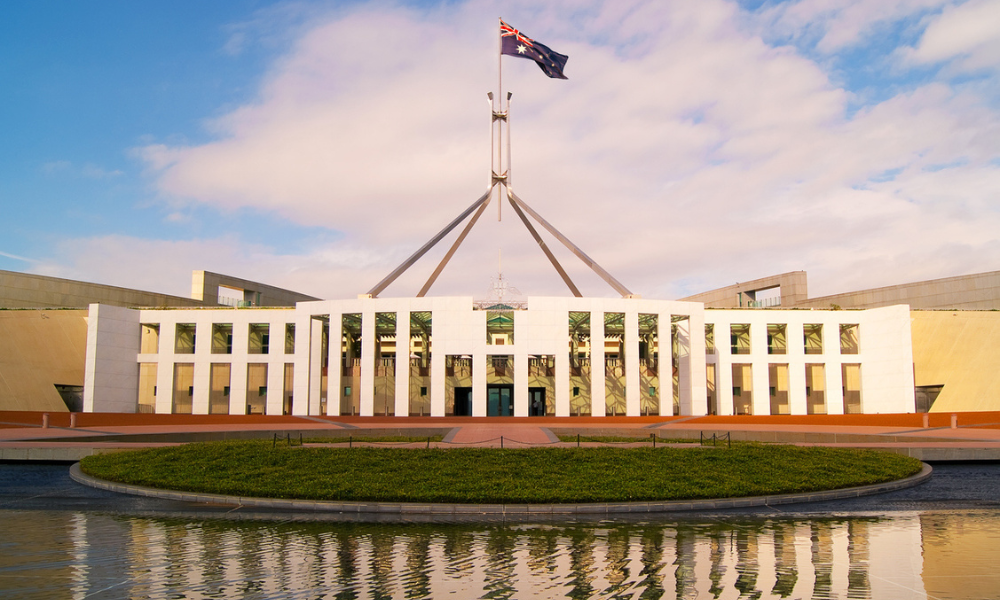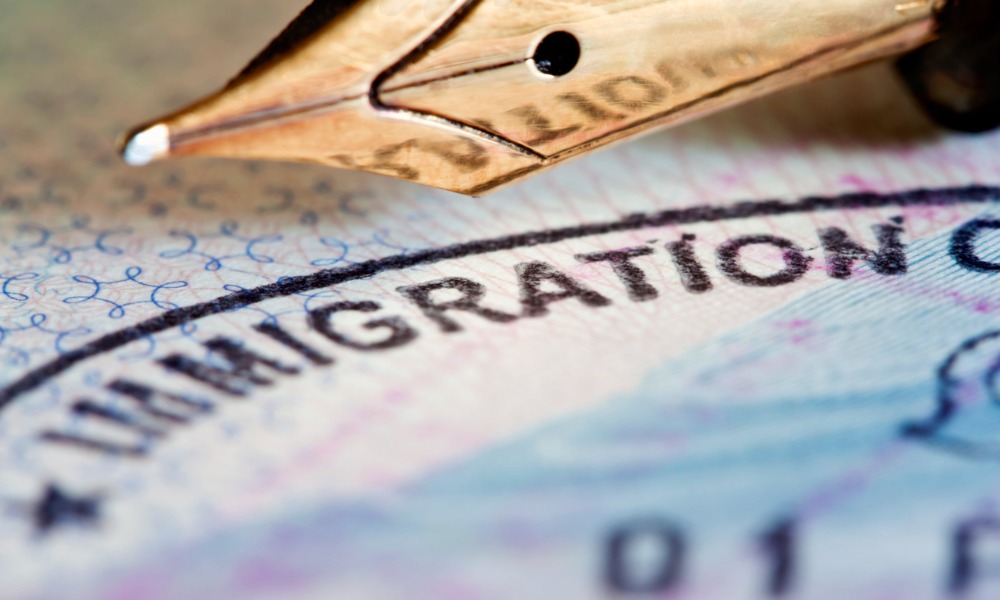Harmonised WHS laws have been rolled out across Australian jurisdictions. Are you aware of how this will affect your workplace, and are you prepared?
New Work Health and Safety (WHS) laws have been introduced through a new model that applies to all employers operating within the Commonwealth jurisdiction. Additionally, others will apply to all other organisations with Australian states and territories, International SOS has revealed.
The New Model WHS laws come about in an attempt to “harmonise” workplace law across the Commonwealth and Australian states/territories. Western Australia and Victoria are currently exempt from these changes.
A crucial factor of the changes is the expansion of the laws beyond an employer/employee relationship, defining the primary duty-holder as a ‘person conducting a business or undertaking’ (PCBU). The term is intentionally broad to cover more relationships, reflecting the more loosely defined workplace of today.
When employees are travelling and working overseas, the new law model means PCBUs can face criminal charges if they fail to comply with the relevant WHS laws. As such, policies should be reviewed to ensure they:
- Provide safe working environments and systems for overseas workers.
- Ensure monitoring of workers’ health to prevent illness.
- Provide all necessary training and instruction to workers.
- Ensure adequate welfare facilities are available, such as clean drinking water.
To ensure the criteria are met, PCBUs must evaluate the surroundings of their overseas workers. Lay out and structure of the workplace, as well as temperature conditions, lighting and necessary hygienic toilets/washing facilities must be taken into account.
Emergency evacuation plans, as well as systems of communication in the event of a worker being isolated from health services, also need to be planned out and the worker must be aware of this.
International SOS stresses that no travel is without risk, and both PCBUs and workers need to be aware of this and evaluate all possible hazards and risks, and how they can be avoided or minimised.
Download the briefing paper for Australian Model Workplace Health & Safety Laws for States and Territories here.








